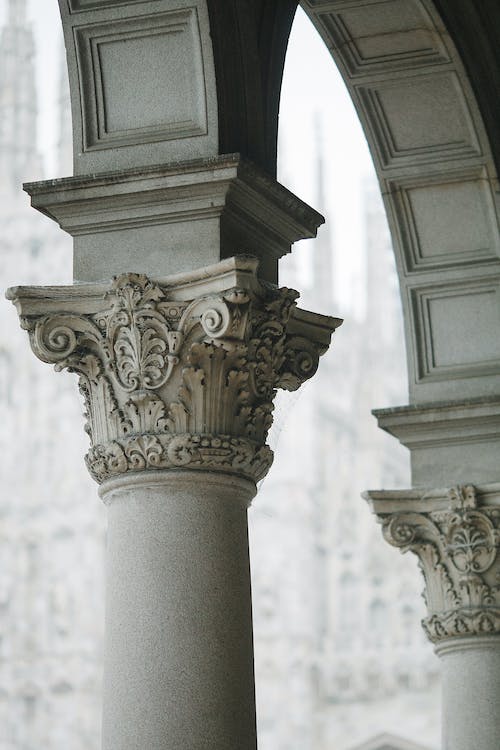Beautiful Bolivia
Bolivia is situated in the center of South America, a country primarily famous for its comprehensive deposit of tin, gemstones, and silver.
For many years, Bolivia was not well-known around the world. It was a quiet place with minimal happenings, beautiful hikes to test out your upland hunting boots & all your new hiking equipment. Now the country is quite famous as a big source of rare gemstones. Before Bolivia got famous, it was only famous among a few gem collectors.
In recent years, Bolivia has produced a large amount of ametrine, and this has greatly improved the political situation within the country.
Materials Bolivians Use to Ornament Architecture
Gold and silver are particularly used by the Bolivians to ornament architecture. Bolivian architecture is a true reflection of its exciting mixture of culture.
The culture and architecture of Bolivia are prominently marked by its colonial history, prehispanic origins, and different but mixed heritage that came from it.
It won’t be wrong to say that Bolivian architects are influenced by this heritage and cultural legacy.
Bolivian architecture mainly uses natural resources that they can easily obtain from their territory, particularly gold and silver.
Gold and its Use to Ornament Architecture
Gold is considered the first metal in nature that man used to ornament architecture, jewelry, and clothes.
It’s main features; resistance to corrosion and malleability, enable its easy manufacturing and sustainability.
In nature, gold is found in many forms (e.g., in mineral form, nugget form, dust form, etc.). It is present in regular, polymorphic, round, and irregular shapes.
A fun fact is that traditional architects used gold as one of the accessories to decorate buildings, jewelry, and clothes.
The main use of gold in architecture is to enhance the overall appearance and adornments of buildings.
Back in ancient Egypt, gold was considered the holy flesh of the many Egyptians gods. Egyptians used gold in almost every other thing, such as specific divinations, buildings, tombs, funeral rituals, jewelry, and clothing.
They mainly used gold for crafting funerary masks of the deceased to leave his marks on the tomb/grave for eternity. As a result, today, we can find huge amounts of gold in the Egyptian architectural buildings and antiques. The best example can be the tomb of Tutankhamun.
Egyptians used tons of gold as accessories to ornament the buildings, clothes, and jewelry.
It makes sense that ancient cultures all over the world turned to gold and silver in various ways.
Silver Use to Ornament Architecture
Compared to other metals, silver is soft and shiny. Now, talking about chemistry, silver sulfide is formed when pure silver tarnishes gradually in the air.
Similar to gold, silver is also used to ornaments architectural buildings, clothes, jewelry, etc. Silver is the best reflector of visible light, thus the best choice to make a mirror.
Other places where silver is present include:
- Brazing alloys
- Dental alloys
- Solder alloys
- Electrical contacts
- Electrical batteries
- Printed circuits (silver paints to make them)
In nature, unlike gold, silver occurs uncombined and in ores. It occurs as chlorargyrite and argentite.
Another way to obtain silver, other than from the ore, is during the electrolytic refining of copper. If we talk about production, almost 20,000 tons of silver per year is produced all around the world.
Isn’t that fantastic? We would never know about gold and silver production’s vastness if we are not in the industry.

